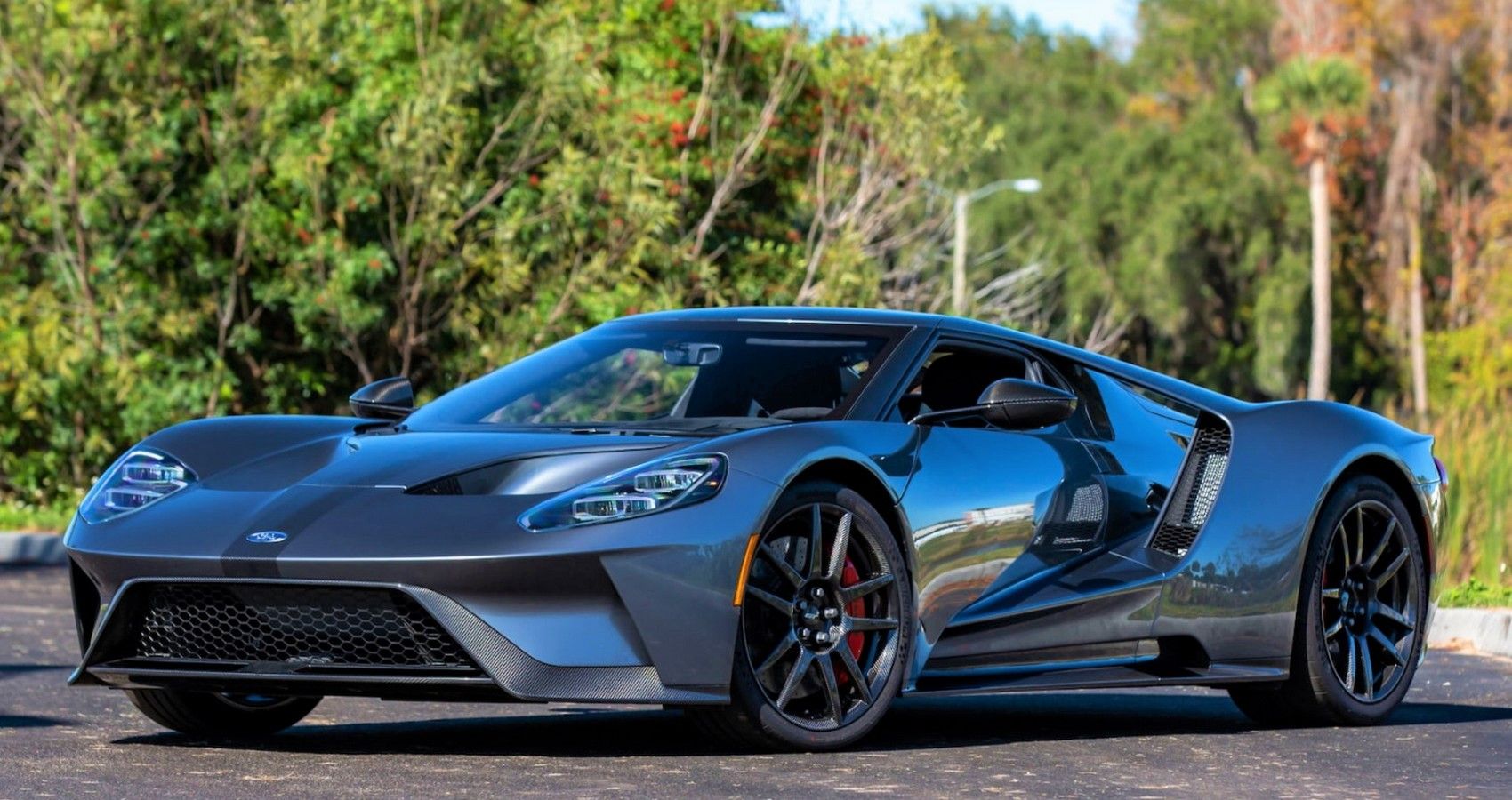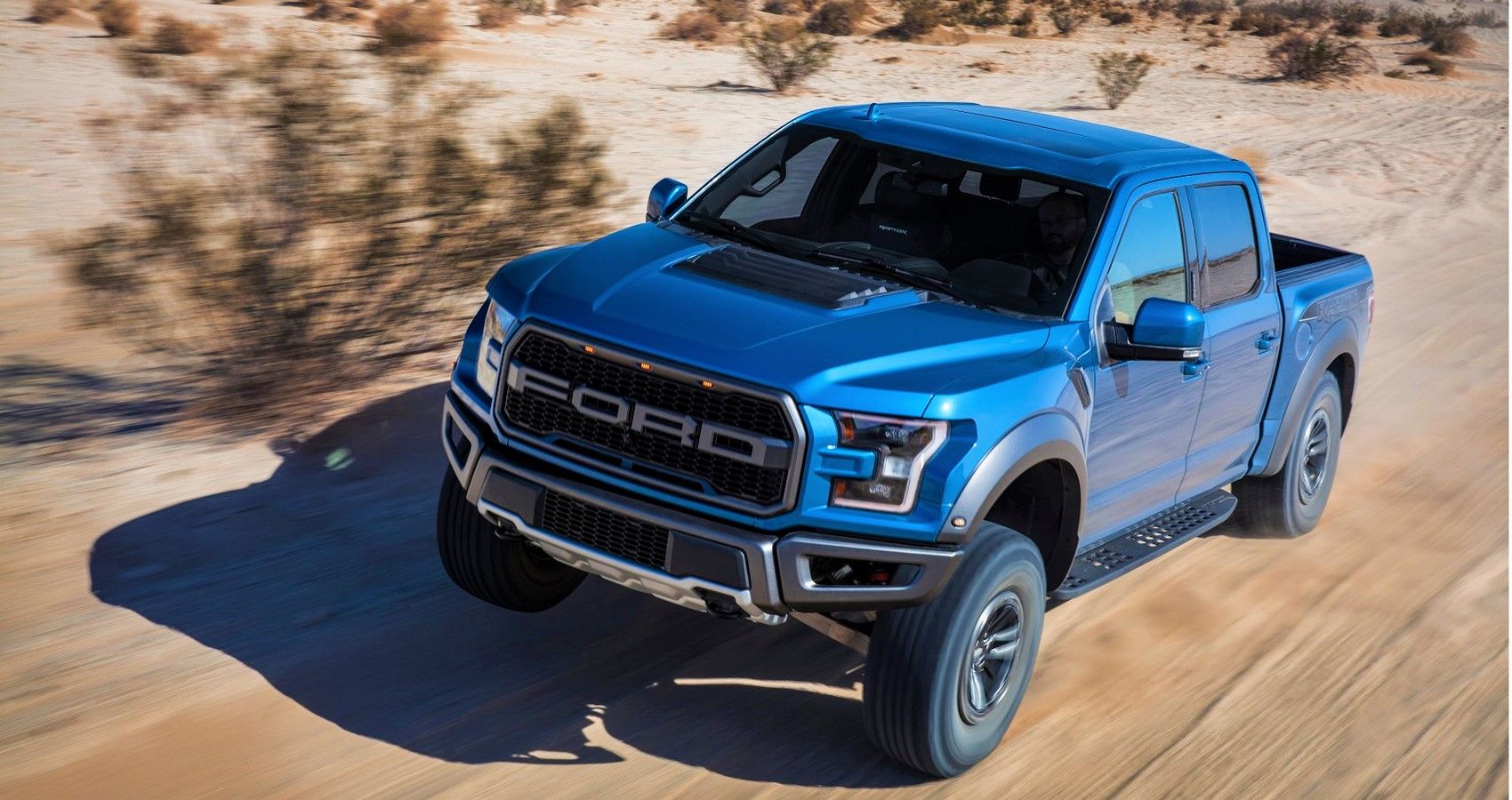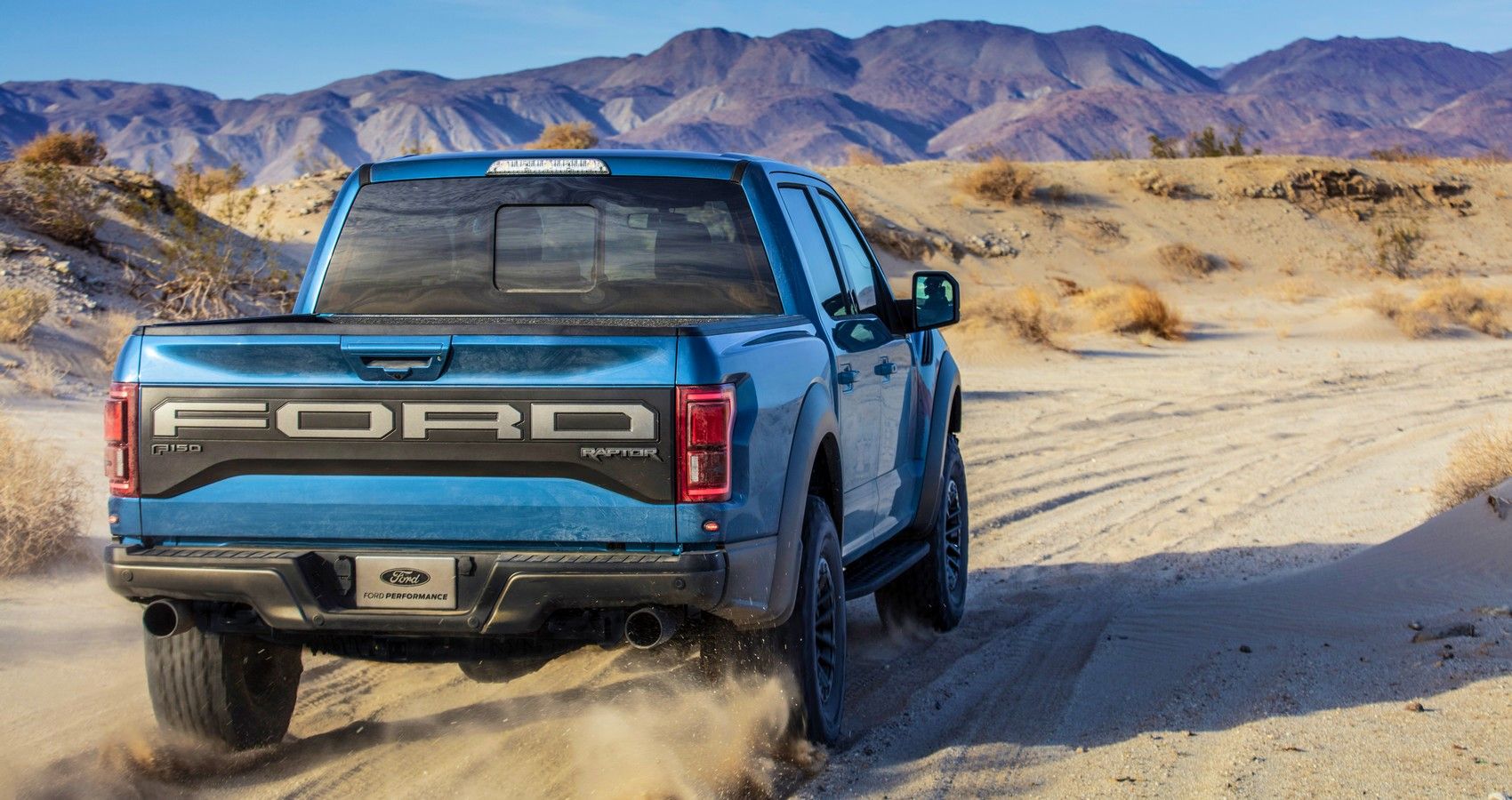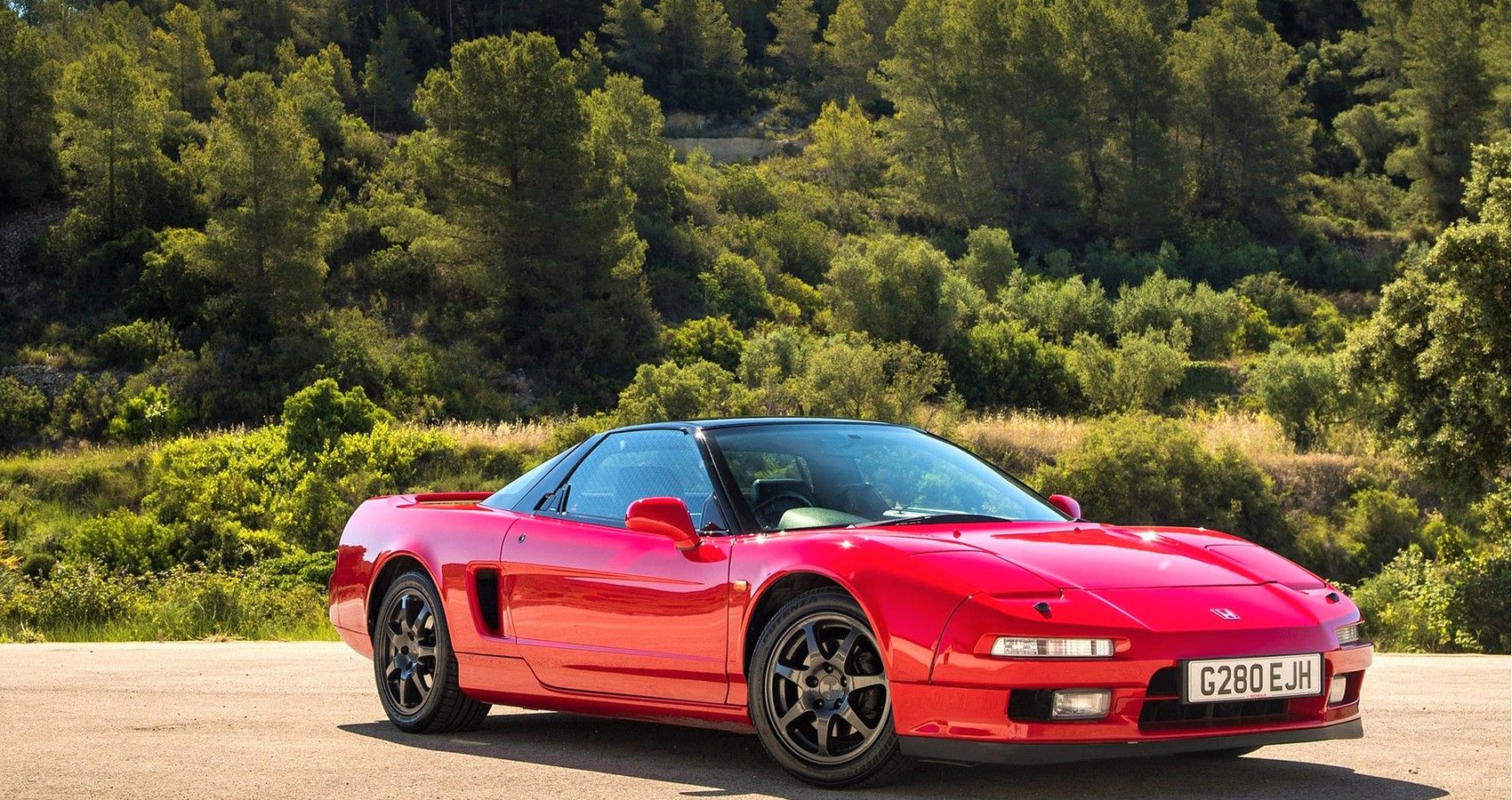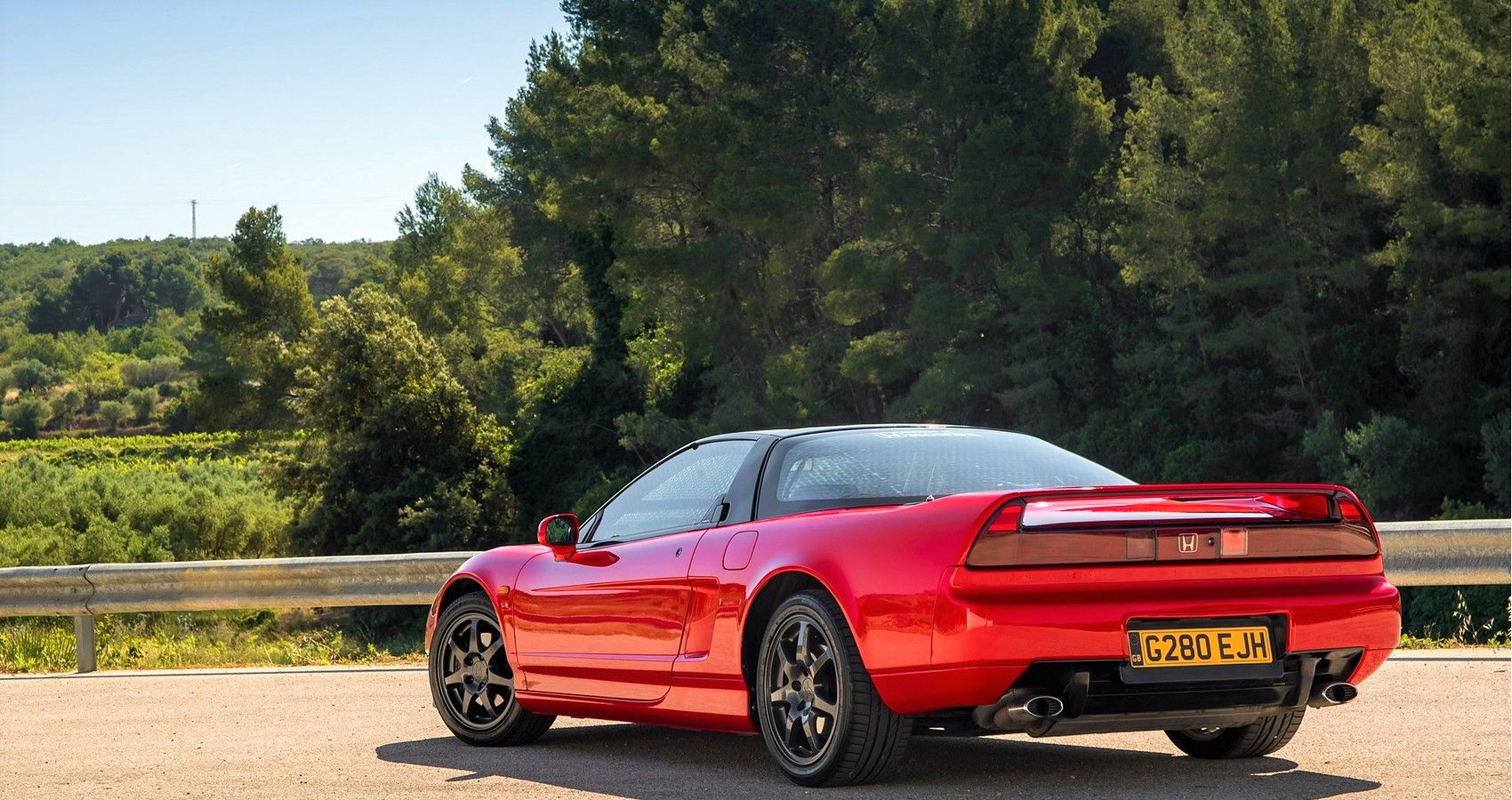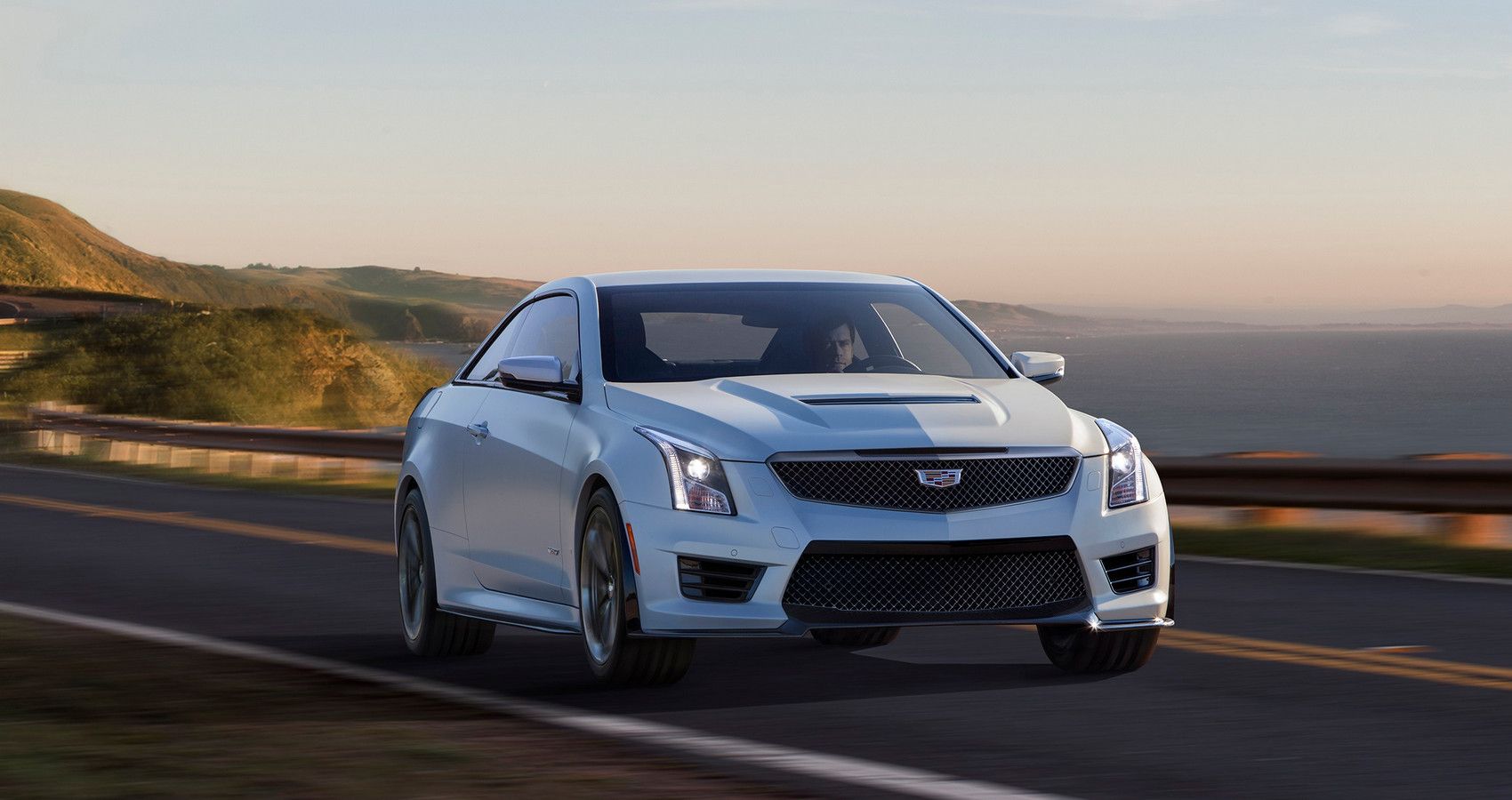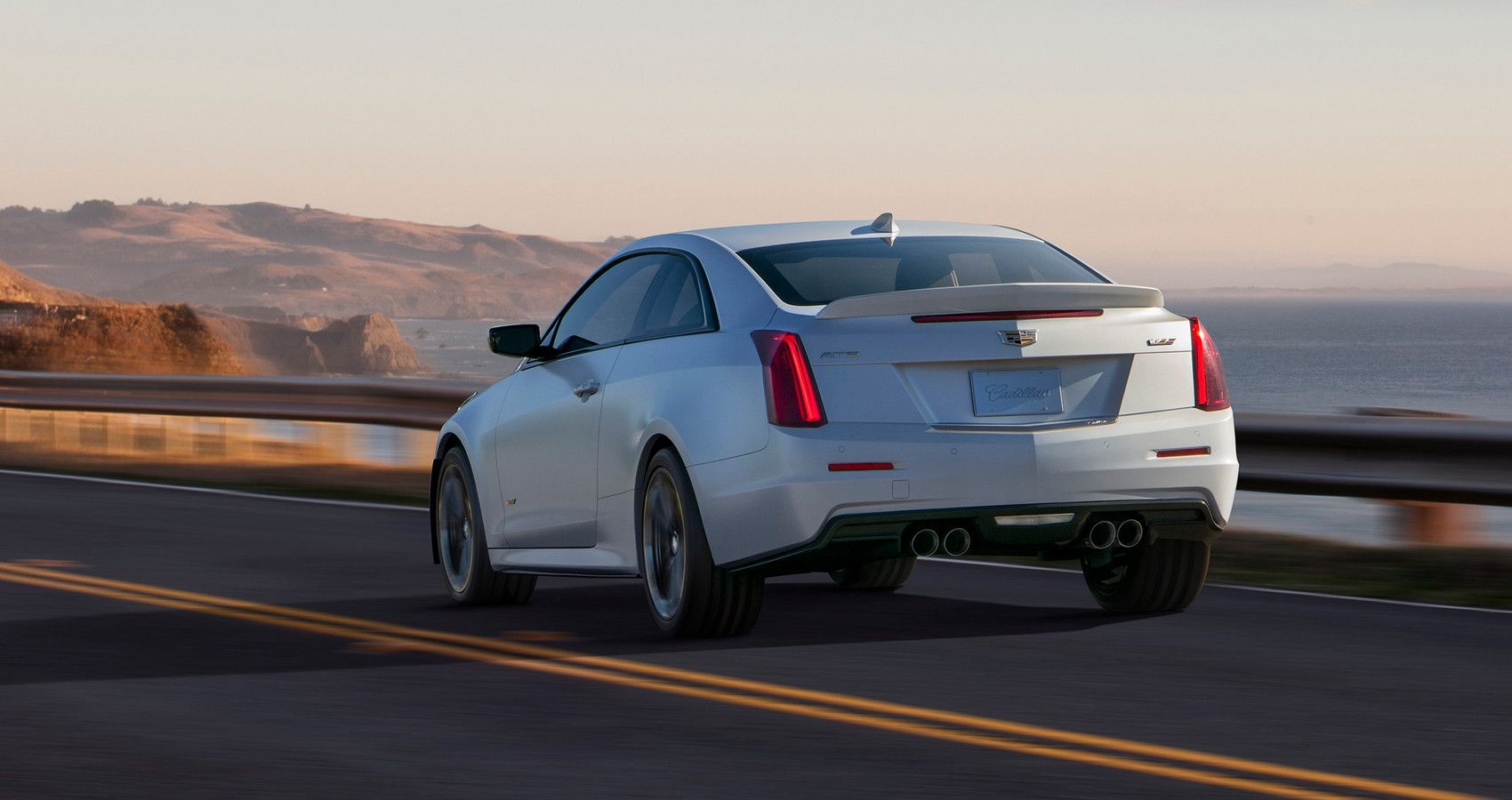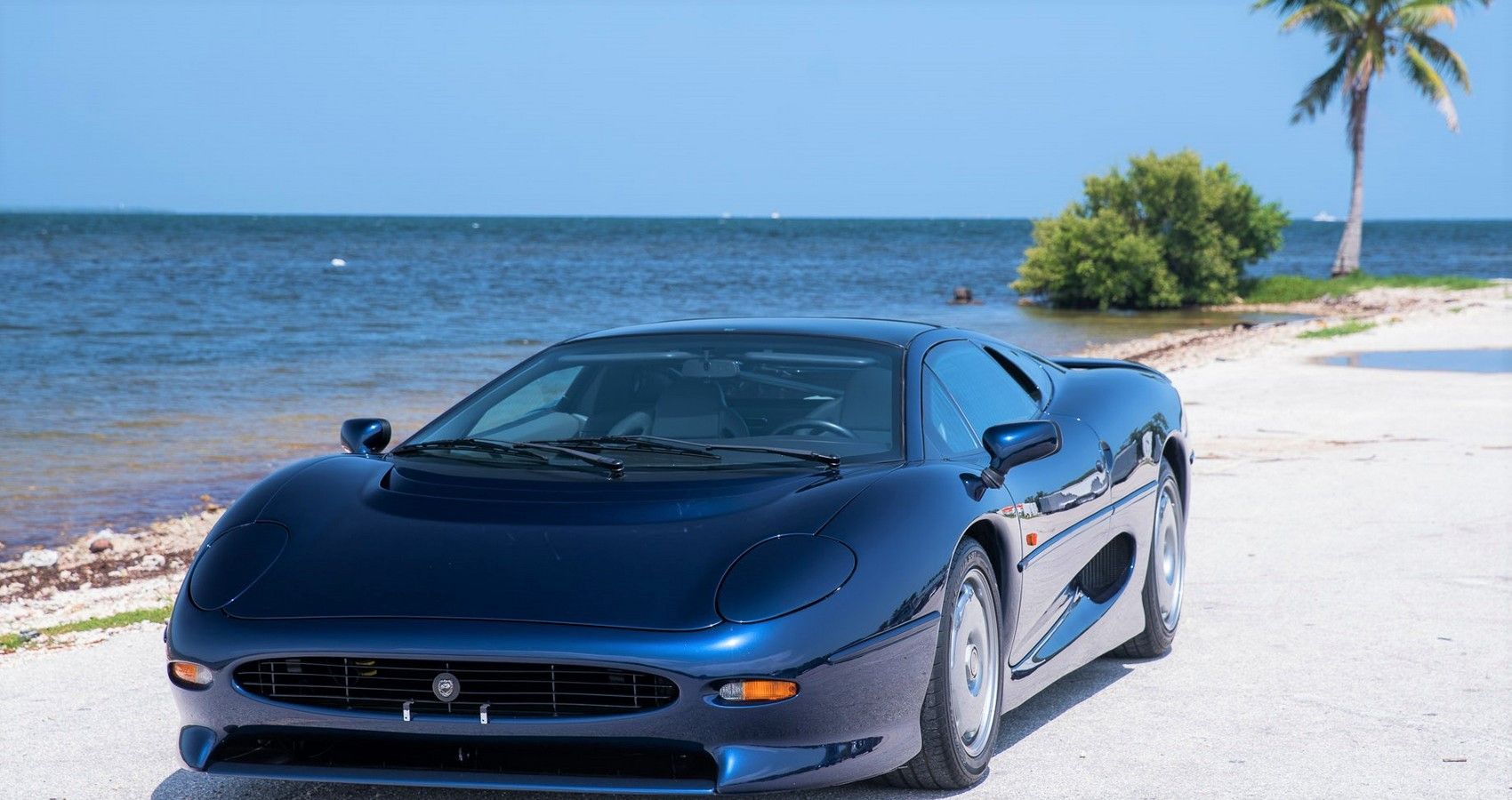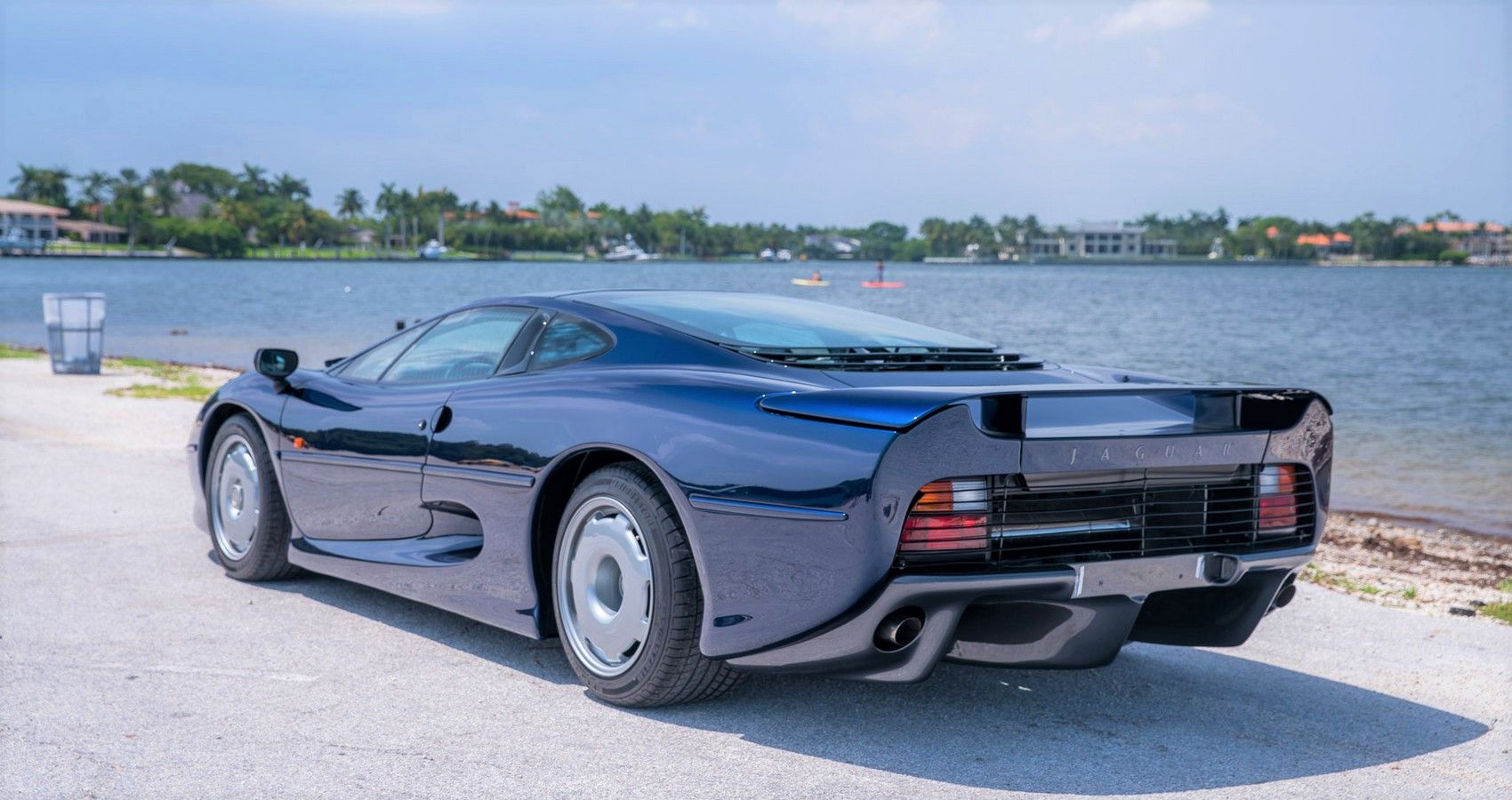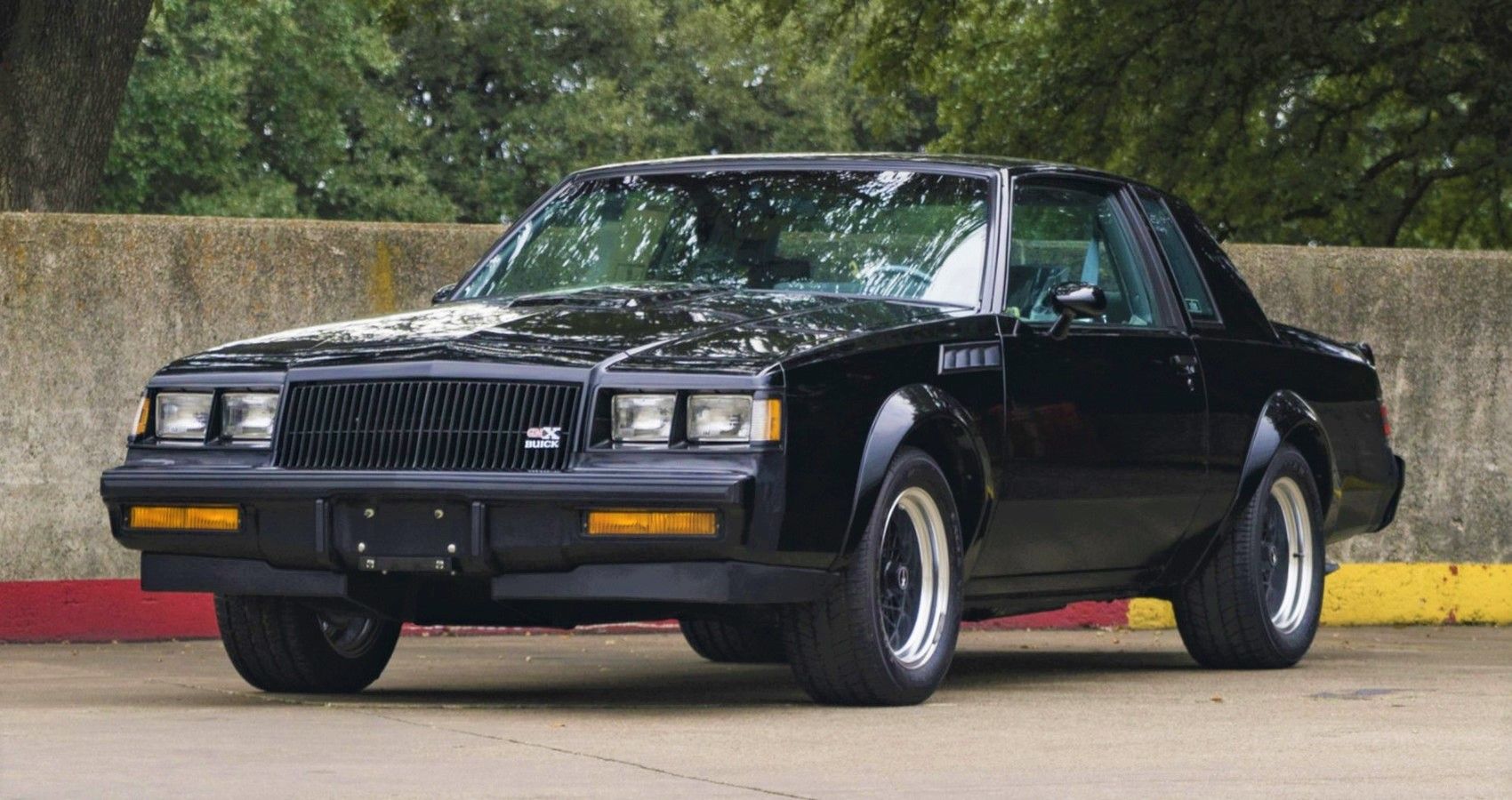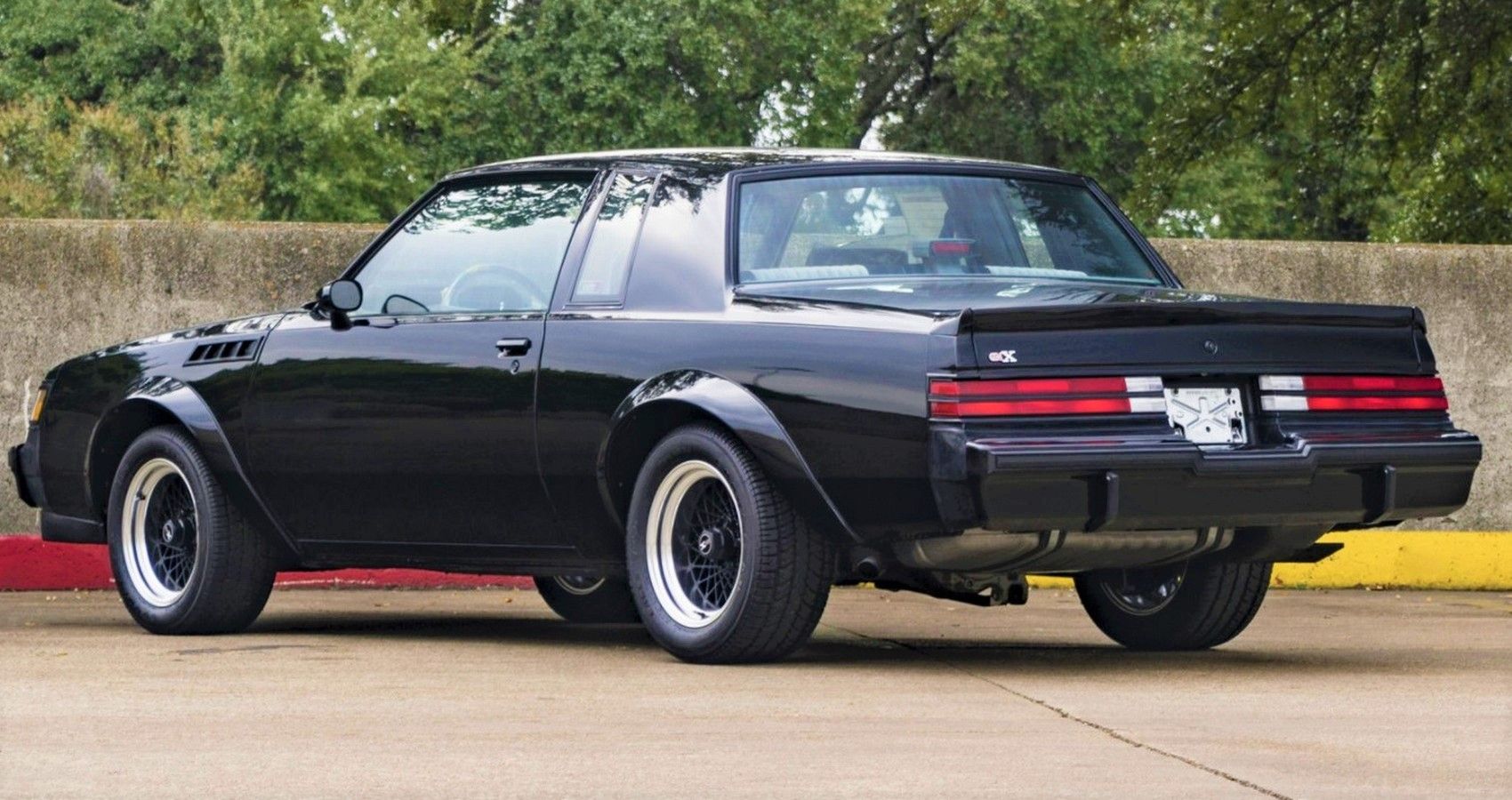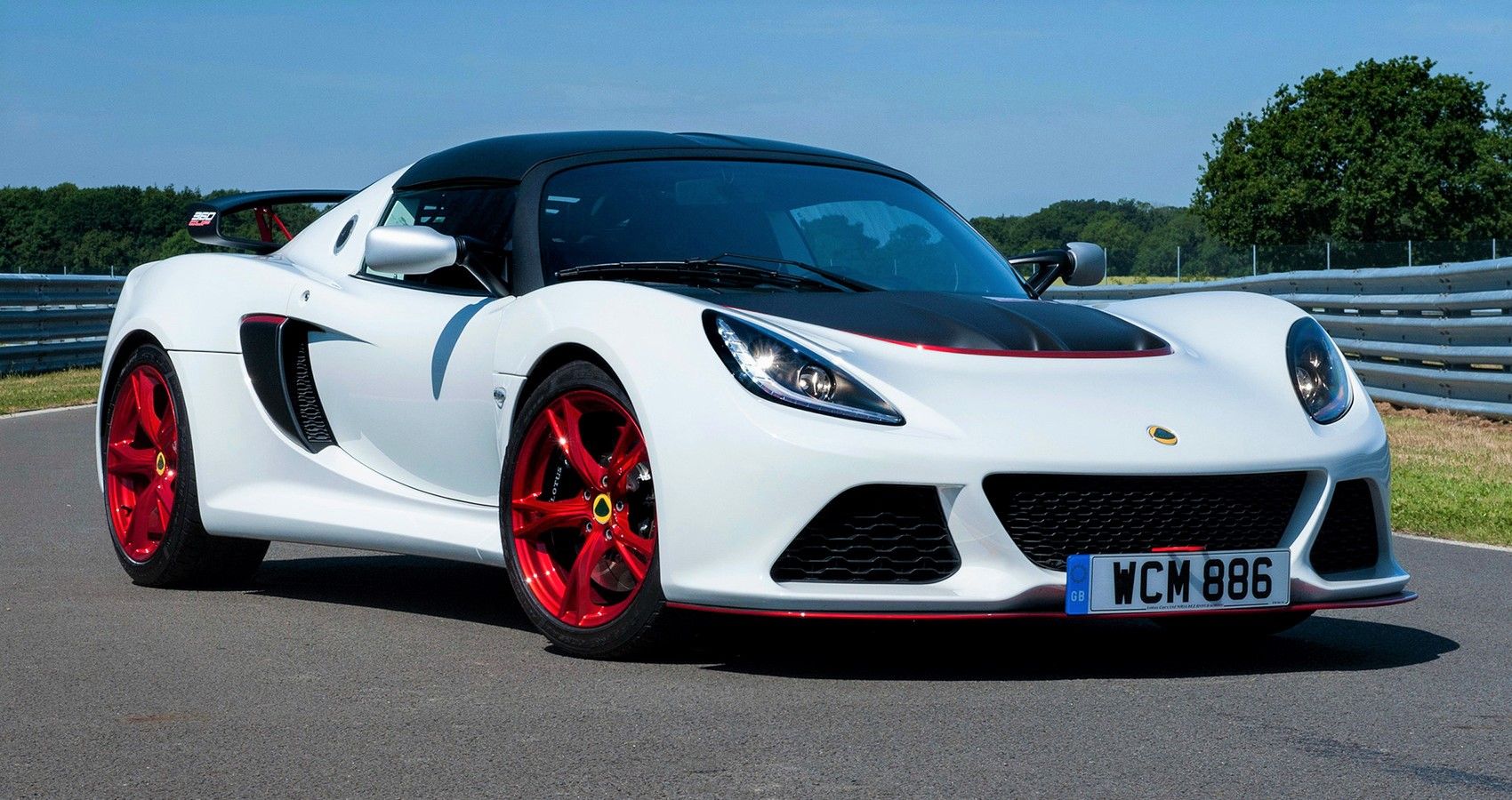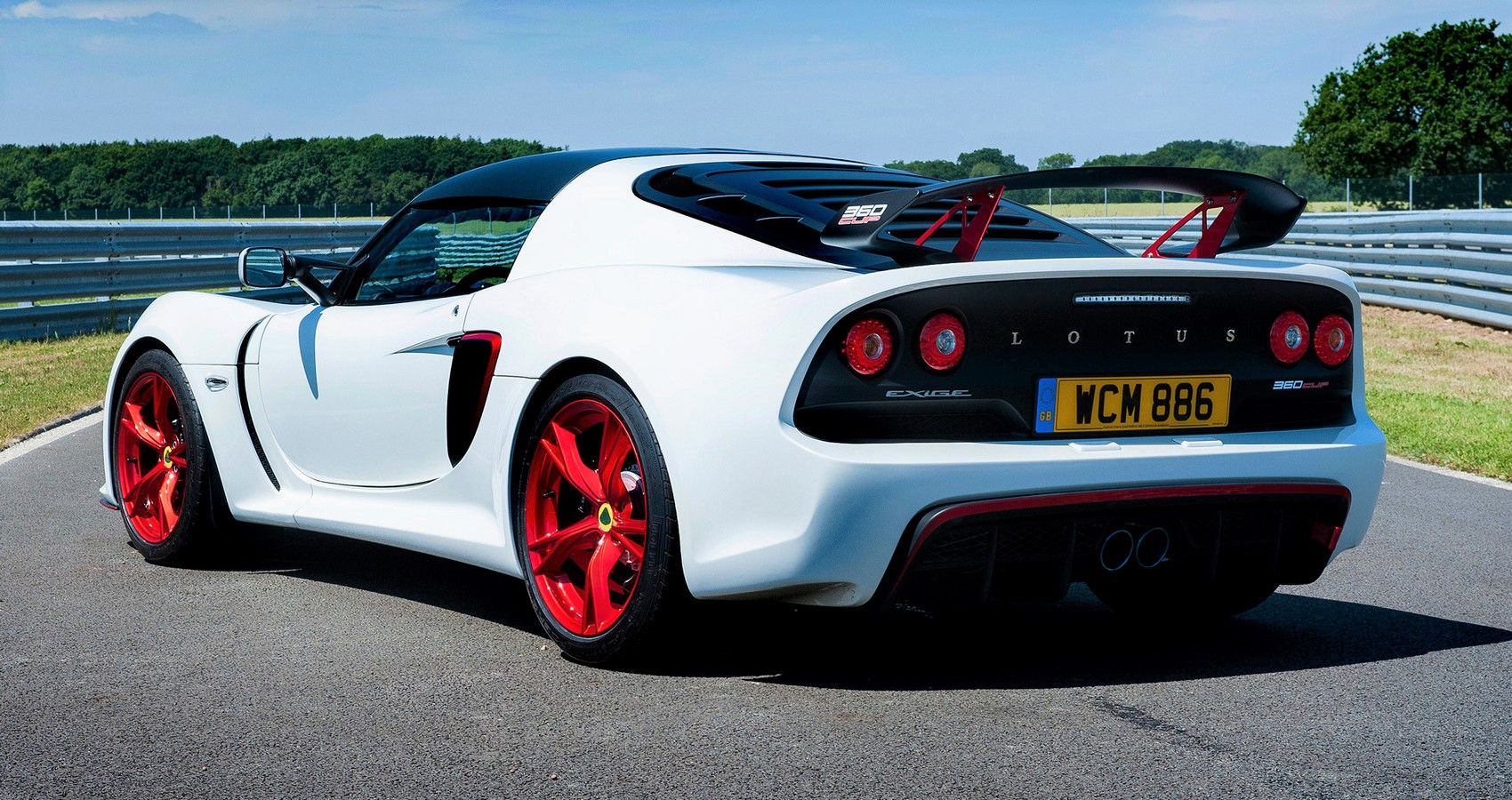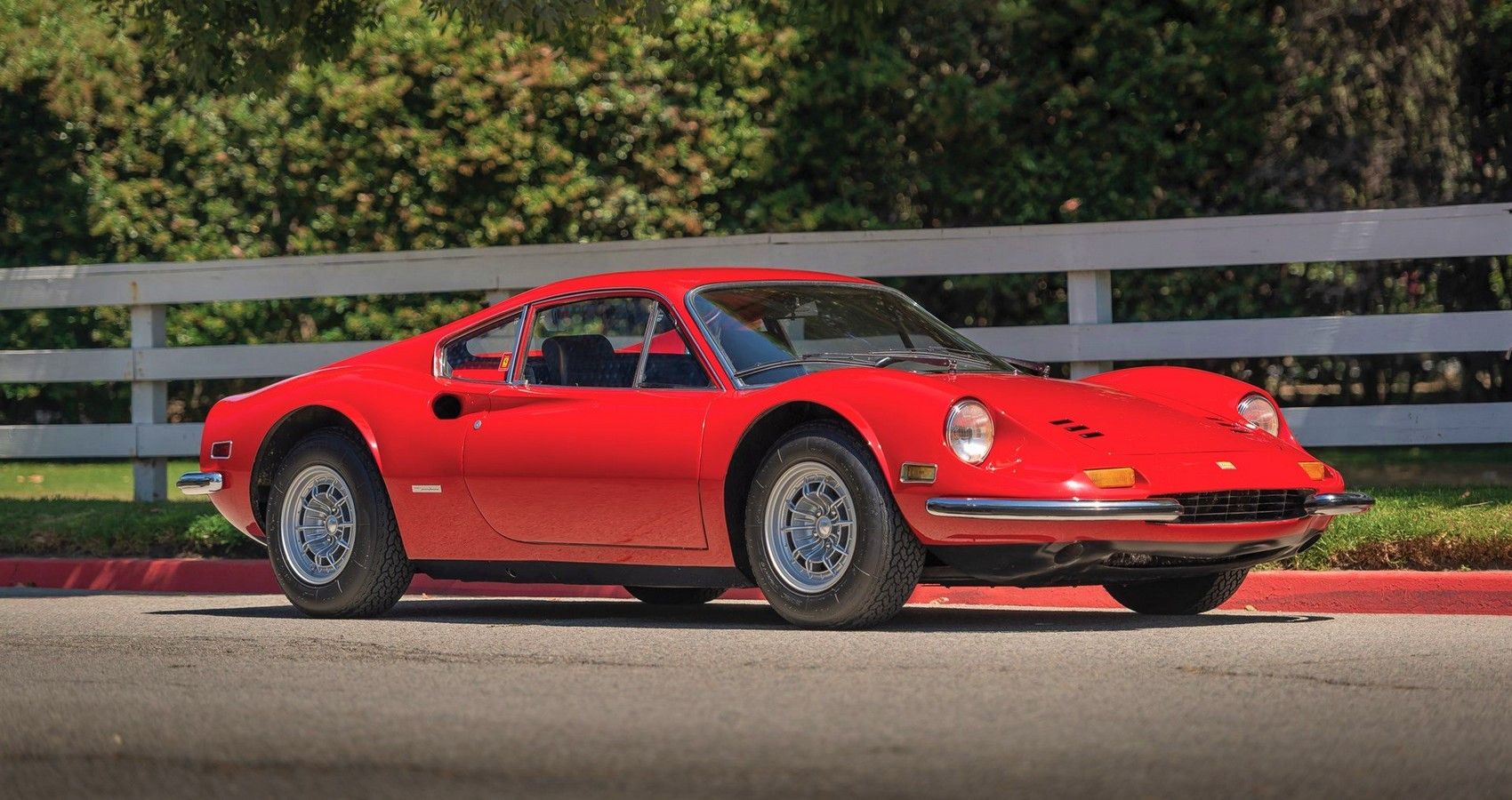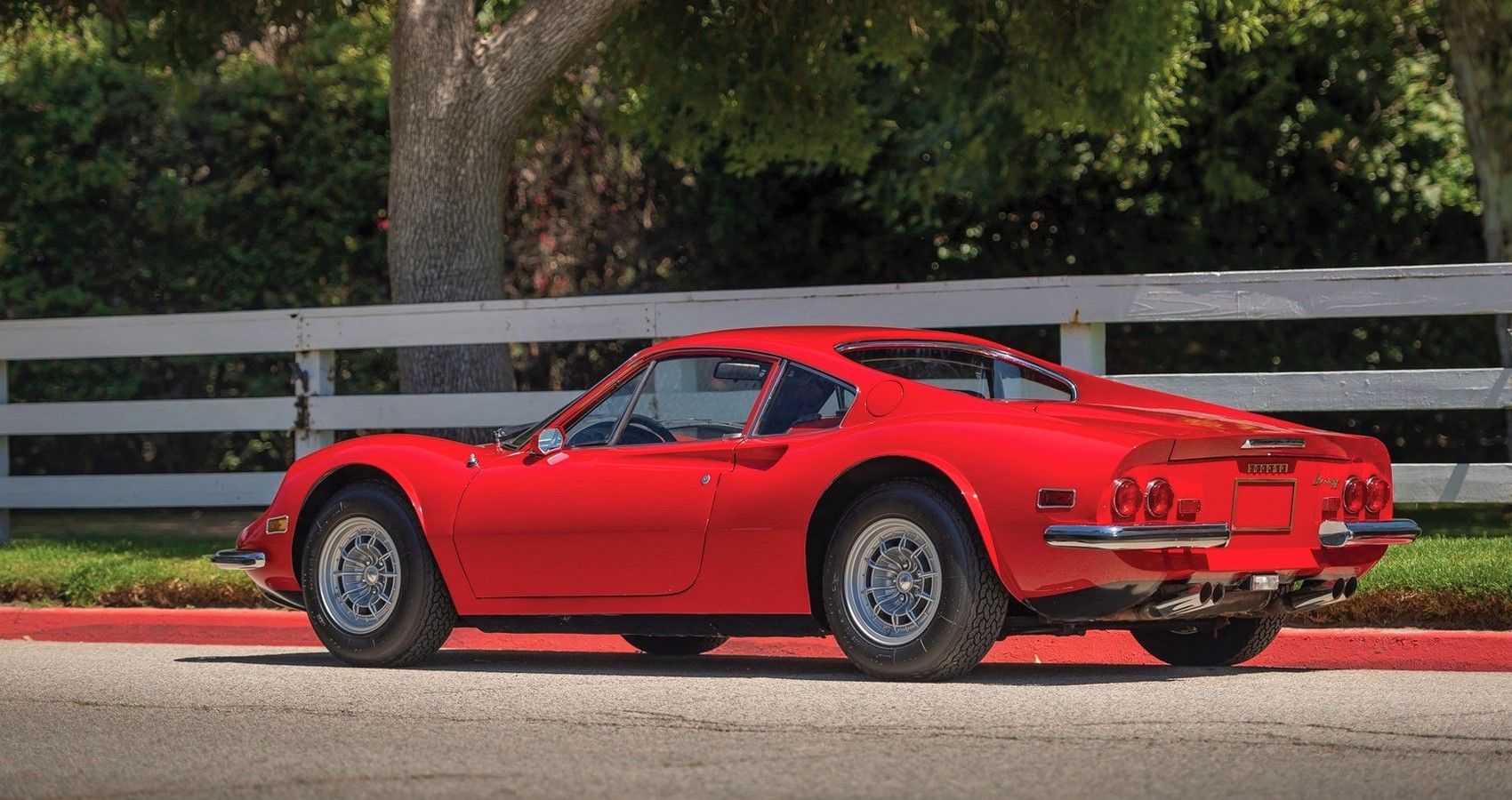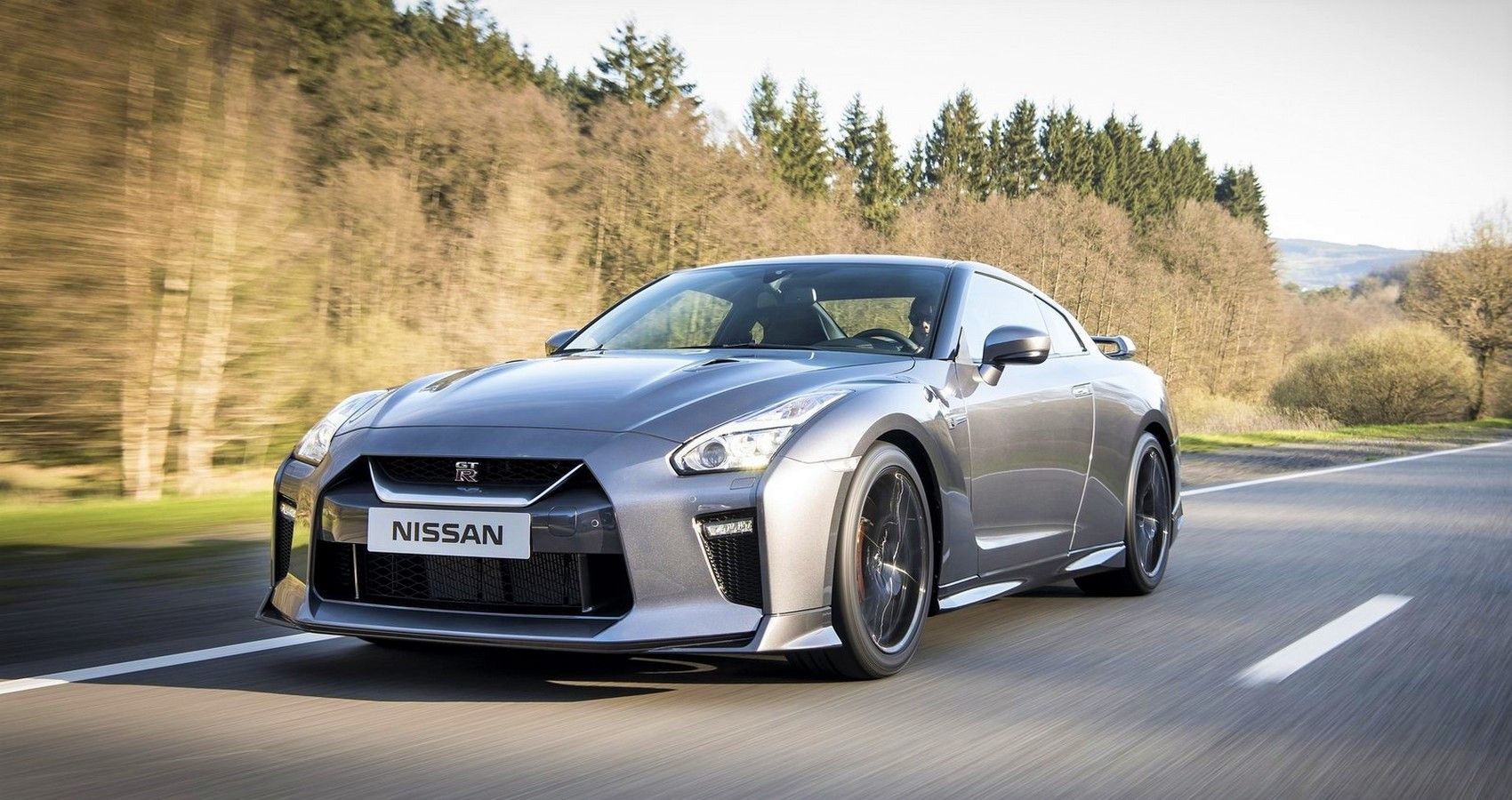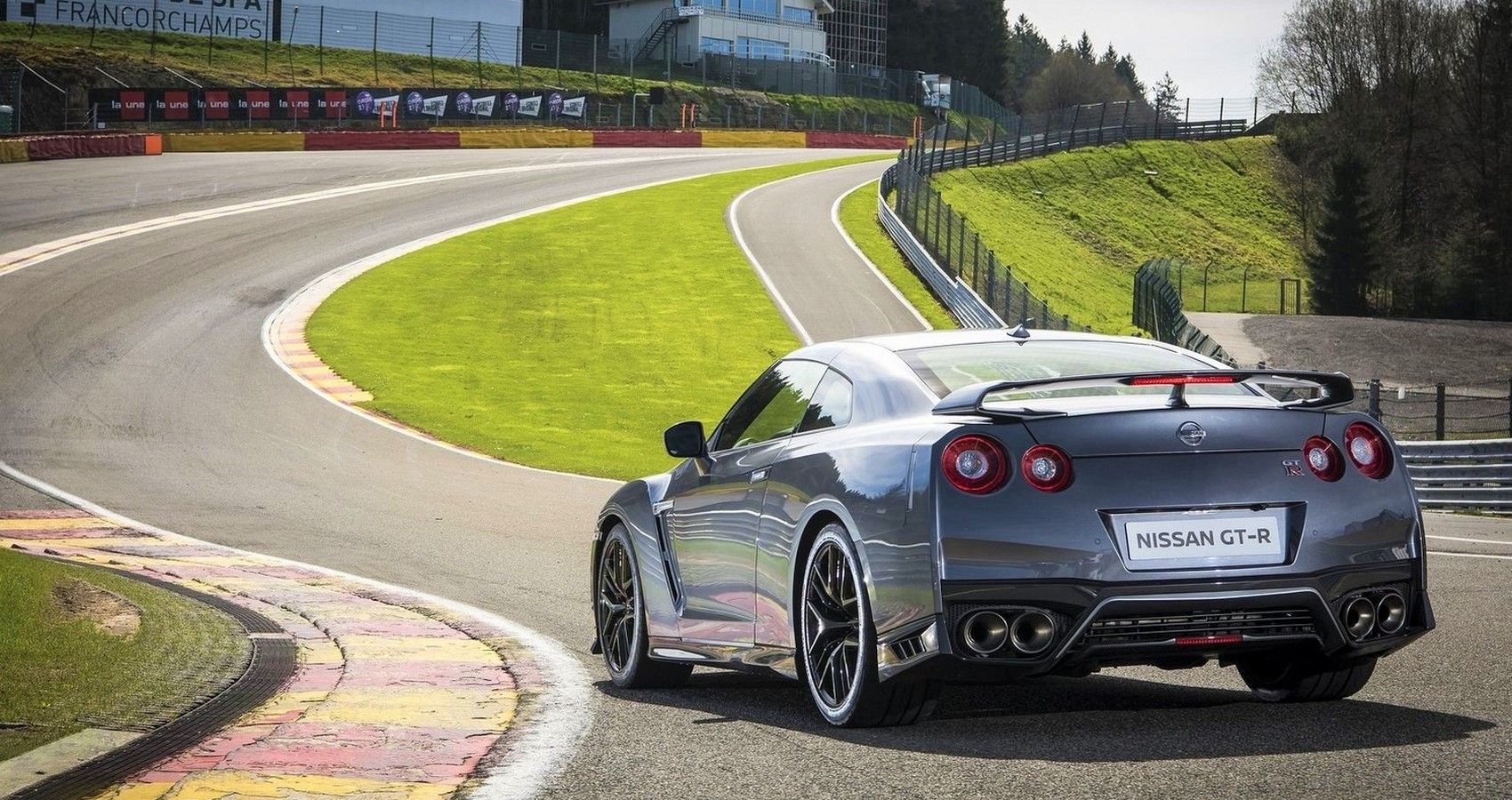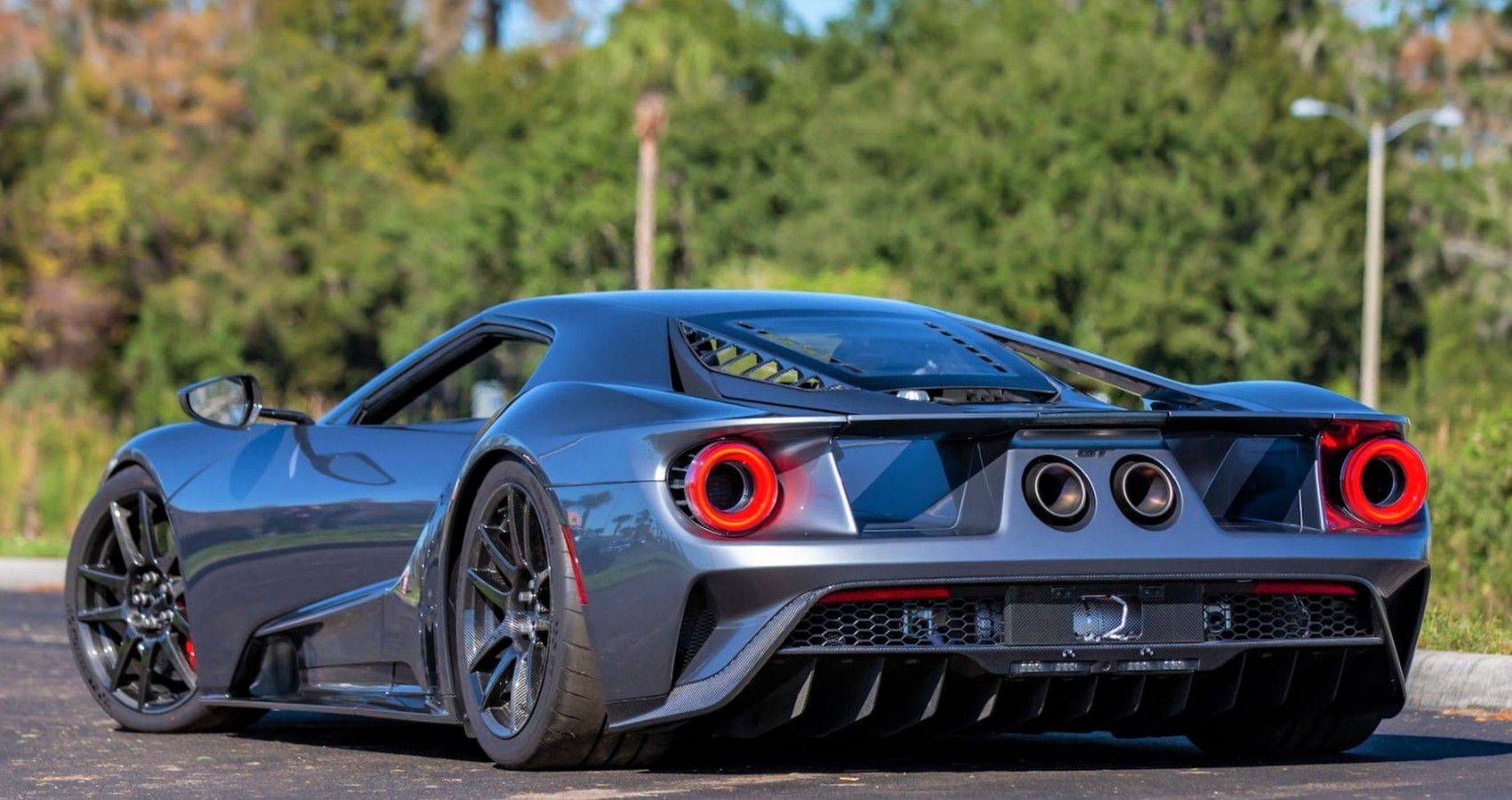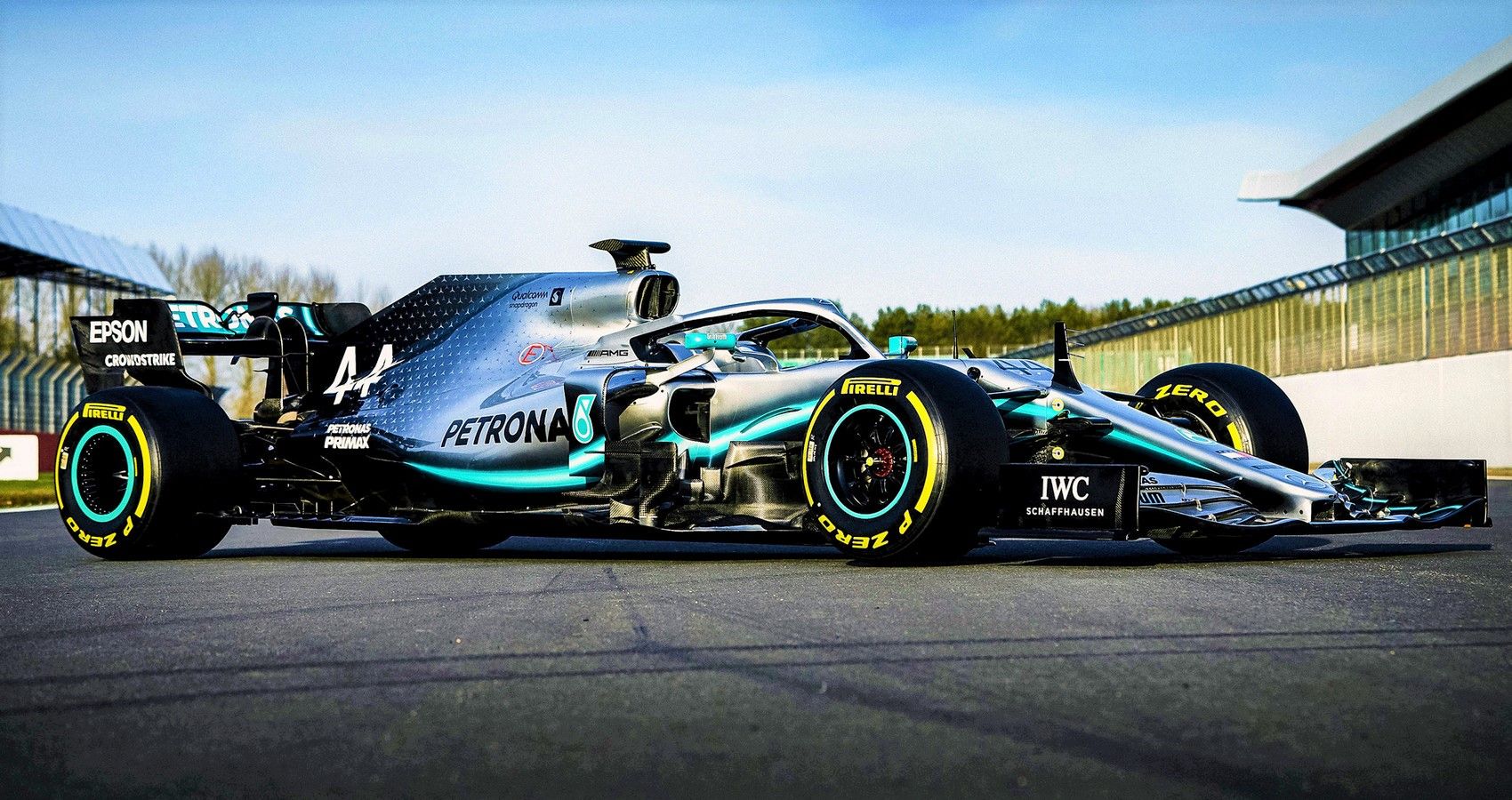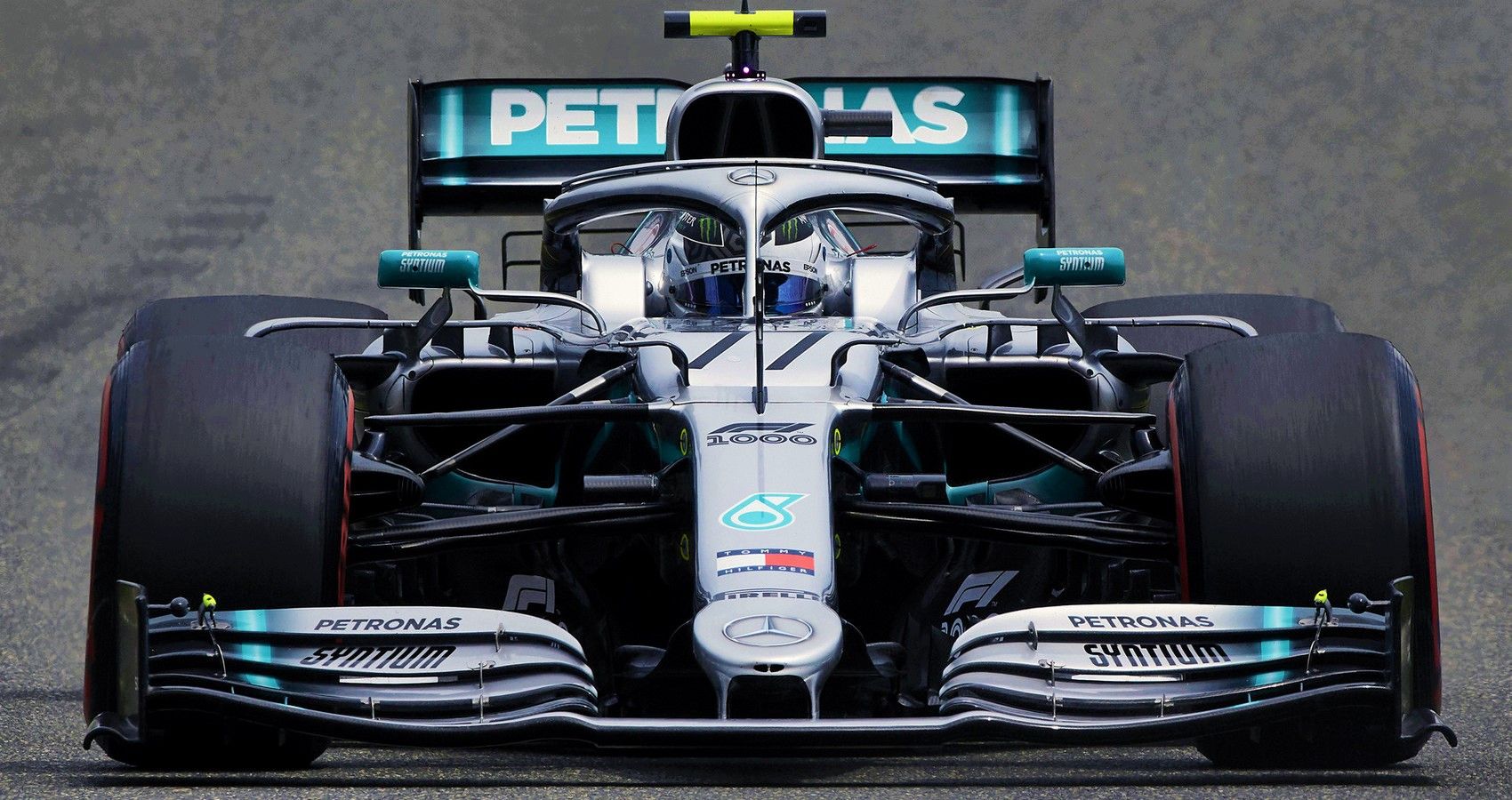We're used to thinking the best cars have bigger engines and more cylinders, but that isn't always the case, V6 engines with their compact design and huge power figures are the sweet spot for any gearhead.
V8s, V10s, and V12s have ruled the roost for quite some time, Ferrari even went to great lengths to differentiate between its cheaper V6 powered cars and the bigger more premium offerings, dropping the Ferrari name altogether. In recent years carmakers are have performed an engineering u-turn, V6's are making a comeback in a big way powering some of the best sports cars we've ever seen. The future of the V6 is looking very promising, made all the more possible with forced induction and modern manufacturing processes, making the proposition of fewer cylinders all the more enticing.
10 Ford F-150 Raptor
Blurring the lines between cars and SUVs even further, Ford's F-150 Raptor offers the best of both worlds, unparalleled off-road ability combined with sports car-humbling performance, all while cosseting its occupants in leather-trimmed luxury.
Can a truck really deliver sports car performance? Admittedly the F-150 on a twisting track is going to struggle a bit with its 5500+ lbs curb weight, but on the straight, this thing really flies, hitting 60 mph in 5-seconds. The secret lays under the hood, Ford's 3.5-liter twin-turbocharged V6 the latest in a line of EcoBoost models kicks out 450 hp, driving all four wheels via a 10-speed automatic transmission.
9 Honda NSX
Honda's technologically advanced NSX supercar bucked the trend at its launch in 1990, up until this point every major player in the market either used big displacement multicylinder engines or forced induction to deliver ever-increasing performance. The Japanese carmaker pursued a different path, opting for lightweight construction materials that allowed a smaller, more efficient engine to achieve the same goals.
Built exclusively from aluminum the NSX was lighter and more agile than anything gearheads had seen before, Honda even managed to make the driving experience a practical everyday reality. Mounted mid-ship, Honda's 3-liter VTEC all-alloy V6 punched out 270 hp, which doesn't sound that impressive, but it was enough to power the NSX to 168 mph.
8 Cadillac ATS-V
A Cadillac with 455 hp under the hood? Pretty impressive considering Cadillac is a brand more famous for luxury barges than quarter mile racers, stamp on the gas pedal and 60 mph comes and goes in just 3.9-seconds.
We'd like to think Cadillac had intentionally set out to build a fast car, packing a turbocharged 3.6-liter V6 in their ATS-V is inspired, by comparison, Chevrolet with their 2016 Corvette LT1 needed a bigger 6.2-liter V8 to deliver the same power. Advantage; Cadillac.
7 Jaguar XJ220
Often cited as a flop, Jaguar's XJ220 was the victim of both a cost-cutting exercise and a downturn in the global economy, which halted production short of its original 350 production run. At its unveiling, the British supercar boasted a development of Jaguar's legendary V12 engine, only to be dropped on grounds of weight and costs.
In its place, a no less potent twin-turbocharged 3.5-liter, race-proven V6 capable of producing 542 hp, the XJ220 still had what it took to deliver a 212 mph top speed, at the time the fastest production car in the world. Even with a trimmed-down spec sheet, it's hard to ignore the XJ220, it's not perfect by a long shot, but it looks and goes like nothing else.
6 Buick Regal GNX
On any other day, you wouldn't give the Buick GNX a second look, the boxy two-door coupe is hardly "sporty" in appearance, and yet pulling up alongside this coupe without knowing what's under the hood is sure to cause a few red faces.
The Grand National eXperimental (GNX) is what happens when a perfectly usable if slightly dated car nears the end of production and someone decides it should go out with a bang. In its final year, Buick teamed up with McLaren Performance, revamping the 3.8-liter turbocharged V6 with ported heads, larger turbo, dual exhaust, and a GNX specific software update resulting in a claimed 300 hp power output.
5 Lotus Exige 360 Cup
Lighter and faster than ever, largely due to adding more carbon-fiber bits and stripping away unnecessary trim, not that the Exige was particularly luxurious on the inside, finally adding a little more power. The standard Exige wasn't exactly slow to start with, this hasn't stopped Lotus from taking performance to another level, the Exige 360 Cup boasting a 355 hp supercharged 3.5-liter V6 and a sub-four-second 0-60 mph time.
This being a Lotus means its suspension set-up too has been tweaked, revised spring and dampers rates all combining to make the Exige 360 Cup the finest track day car bar none.
4 Dino 246 GT
Ferrari's budget brand of sports cars named after Alfredo Dino Ferrari shouldn't be dismissed lightly, the Dino 246 GT might have shipped with a smaller engine, but this baby Ferrari is still a potent sports car, arguably one of the brand's finest of all time.
Think of the Dino 246 GT as the smaller, more athletic brother to the 250 GTO, in our books that makes it the better driver's car. In the later stages from steel using a larger 2.4-liter V6 engine producing 200 hp, the Dino 246 GT despite its lack of Ferrari badging lived up to the Italian carmaker's racing pedigree with a top speed of 146 mph.
3 Nissan GT-R
Forget everything you thought you knew about performance cars, the GT-R is no sleek wedge-shaped supercar, instead, Nissan built on the legendary Skyline formula to produce the fastest accelerating production car this side of a hypercar.
Incredibly, this high-tech Japanese sports car has been with us since 2007, gaining more power as time progresses, in top-spec NISMO edition packing a 600 HP 3.8-liter turbocharged V6 that ranks up there with the best engines ever produced. Few modern supercars deliver the performance the GT-R can, launching to 62 mph in 2.9-seconds, flat-out recording a top speed of 200 mph.
2 Ford GT
Back for round two in 2016, Ford's GT supercar homage to the original GT40 racers of the '60s, only this time around unlike its previous incarnations sporting a more modern powertrain.
Aside from visual similarities, the GT is all-new, its chassis and engine formed from carbon fiber mounted with aluminum front and rear subframes tasked with carrying an innovative race-style pushrod suspension, and more importantly the engine. Here Ford turned to a tried and tested 3.5-liter Ecoboost design, turbocharged to produce 660 hp giving the GT a top speed of 216 mph.
1 Mercedes-AMG F1 W10
King of the current F1 grid, AMG-Mercedes has dominated the modern turbo-era, claiming the drivers and constructors an incredible seven years in succession, and looks well-placed to add further silverware to its trophy cabinet before the current season is out.
The switch to turbocharged engines in 2014 brought with it for the first time a full-time hybrid power set-up combining a turbocharged 1.6-liter V6 combustion engine with a kinetic energy recovery system boosting output to 1000 hp. AMG-Mercedes's unique approach to split the turbo impeller and compressor stages added the benefits of greater efficiency in a smaller engine design.

